Can you still grow your brand in a crowded market?
The short answer to “Can I still grow my brand, even when the market is SUPER saturated?” is yes.
BUT–you need more than floofy answers to get there.
If you Google, “grow your brand,” the generic and random advice you’ll find is ridiculous. While trying to research for this article, we came across an article on the first page of Google that said you have to “Develop your brand voice.”
Yes, there are people recommending that. To grow your brand in 2024! 🤦
What does “develop your brand voice” mean, and how can it help you make more sales?
🤷 Who knows? Not us… And we’re saying this with over 10 years of marketing experience.
So you won’t find examples here from huge companies like Shell or Porsche. If you’re just starting, you don’t have the resources to copy their ideas–so we’re not sure why other blogs use them as examples.
You WILL find us skipping the B.S. and telling you the exact strategies that helped us grow a few brands to millions in revenue.
Our experiences may be different than what you’ve heard elsewhere. That’s to be expected. But, with these strategies, we’ve been able to grow Social Cat in a crowded marketplace.
So take what you can from this article as you grow your brand.
All right, rant over. Let’s get to the strategies!
3 strategies that generated brand growth and sales for us
We know you don’t have time to waste, so we’ve ranked these strategies according to how much they’ve helped us grow our brand. #1 has done the most, #2 a little bit less, and so on.
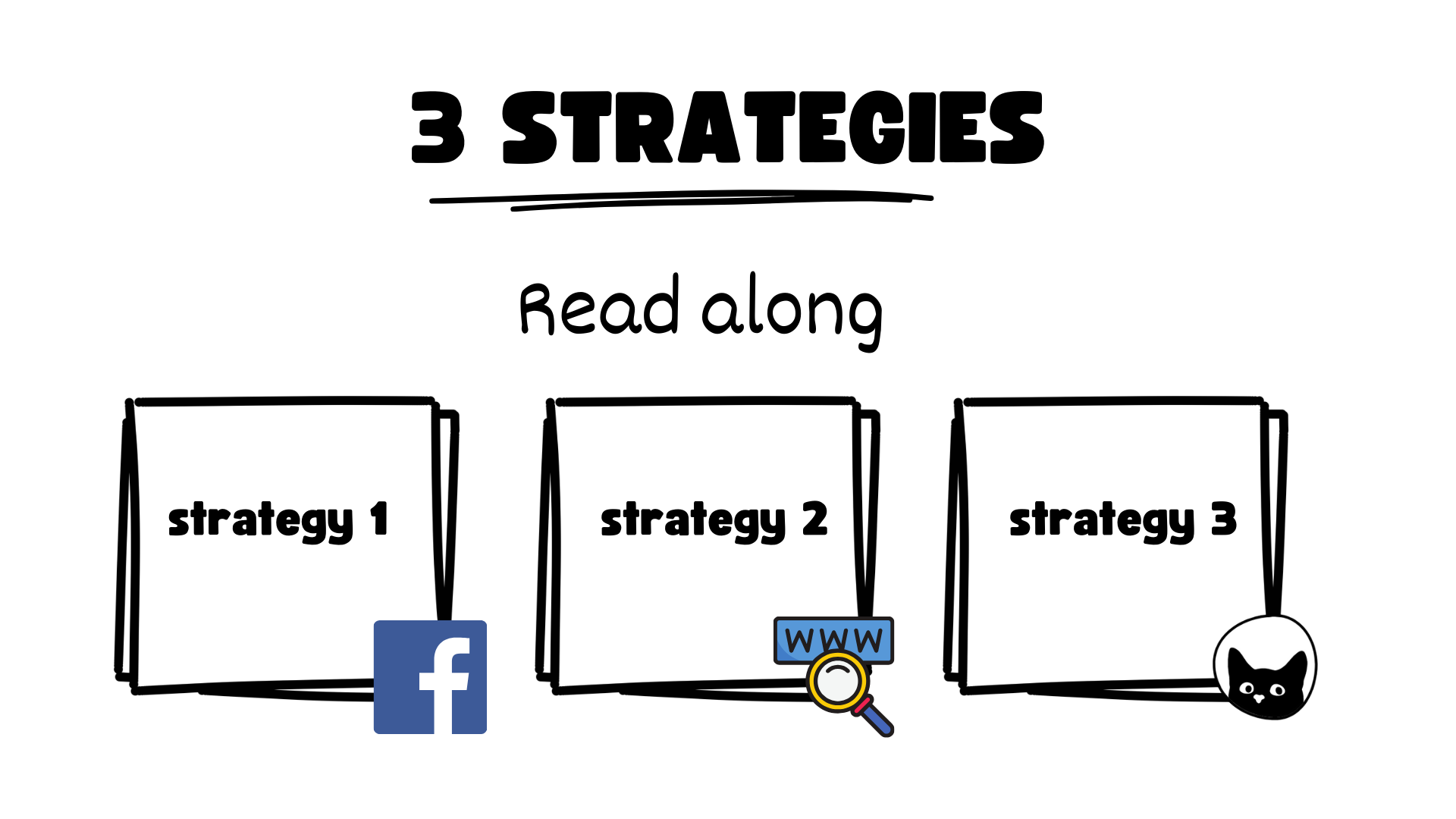
All three are worth trying. But if you’re starting from zero, you may want to tackle them one by one.
#1: Paid Social
This is the BEST STRATEGY we’ve tried for scaling brands within our niches. 🔥
One reason is the combination of data and algorithm with Meta, specifically. Even though their ads can be unpredictable, they have a crazy amount of data about their users and an even crazier algorithm that’s great at finding people who want to buy your product.
That’s why, if you’re just starting to grow your brand, we recommend experimenting by running ads on Meta.
Example of a paid social ad on Instagram (notice the discreet Sponsored tag)
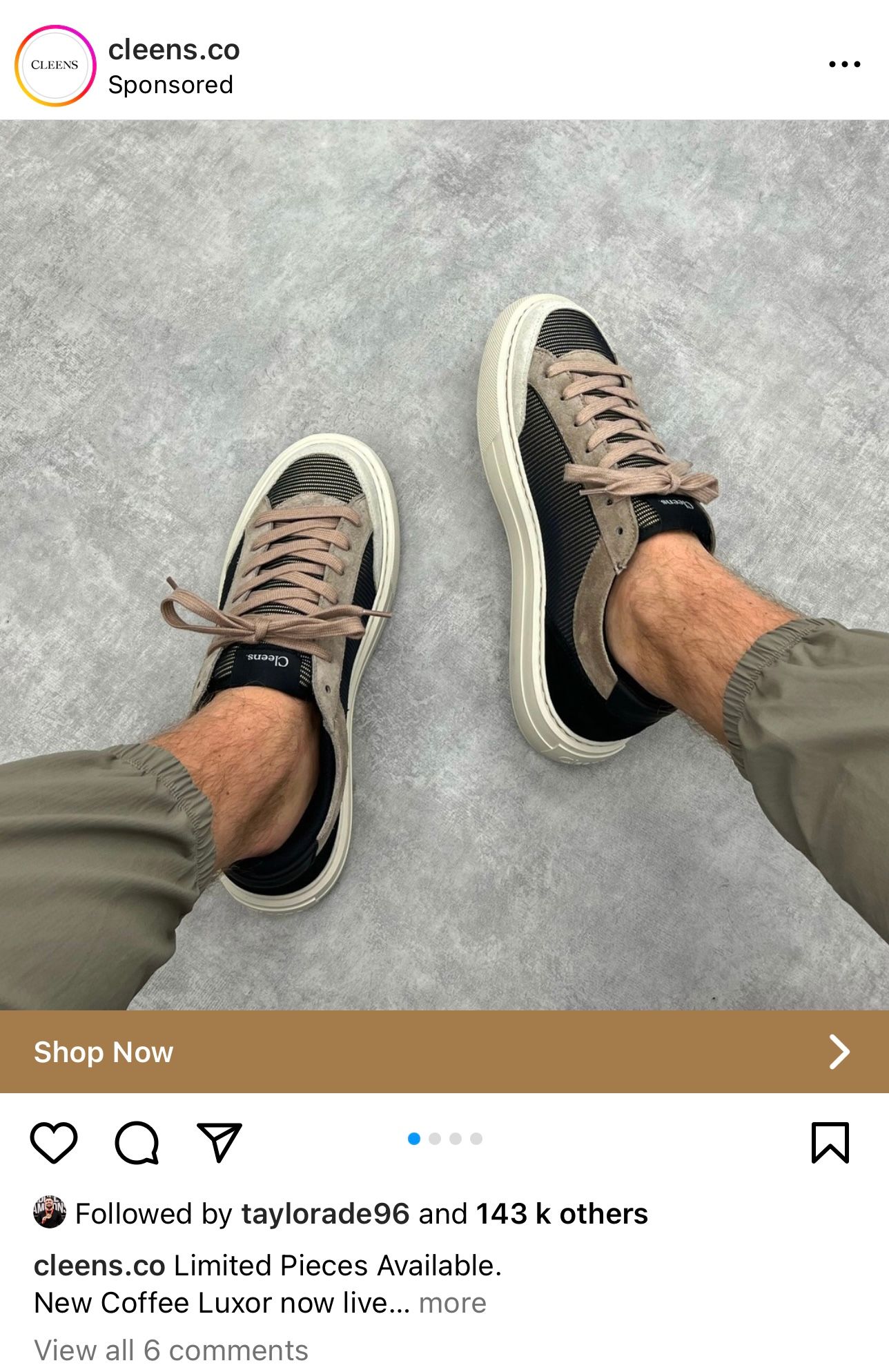
Sure, there are others out there: TikTok, Snapchat, Pinterest, LinkedIn, or X (formerly known as Twitter). And while those platforms are potentially good for some brands (for example, if your target audience is CEOs, you might want to start with LinkedIn), most of the time Meta will bring you the best results, fastest.
Meta gives you a ton of data, allows you to optimize your ads, and even helps you figure out your customer acquisition cost (CAC), or how much it costs you to acquire one customer.
That’s powerful, right? When you know how much it costs to acquire a new customer, you can plug this in with a few other numbers to see how your business is doing and how you can expect to grow.
When you start, these metrics will be all over the place. That’s the nature of ads. But, because you have real-time access to the data, they CAN be optimized. And you can use what you’ve learned to duplicate your results on other platforms, too.
P. S. If you’re wondering how to grow your brand on Instagram–running ads is where you should start!
We can’t go into the ins and outs of how to run ads or optimize them here–that’s a topic for another day. But we can give you a small heads up:
Know that there’s a big learning curve.
Paid social ads aren’t easy to run. That doesn’t mean you shouldn’t, it just means you need to be ready to LEARN.
You’ll need copywriting skills for writing the text.
You’ll need creative like photos and videos with your products.
You’ll need to be able to use the Meta ads interface and optimize your ads.
The good news is that you don’t have to do this alone. There are TONS of resources on running ads, and you can get creative from influencers or creators.
However, there’s a LOT of noise in the paid ads space. So take it from us: You’ll have a much easier time if you find resources or a mentor on running ads and stick to their advice. Try their method, see what works, and then iterate from there.
Running social ads is what’s helped us scale our companies. But we’d be lying if we said that’s all you’ll ever need. Algorithms (especially Meta’s) can be all over the place, and if you rely too much on it, you have the anxiety of wondering if the algorithm will do you dirty– or of being financially devastated if they decide to take your ads account away.
So, once you’re comfortable growing your brand with social ads, it’s a good idea to branch out. For the rest of this article, we’ll discuss other strategies that have been effective for us.
#2 Paid Search
Paid search is a newer marketing channel for us, but we’ve managed to reach a level where we can say it’s DEFINITELY a good way to grow your brand.
It’s slightly different from paid social media in that, with paid search, you’re advertising your products directly on search engines like Google or Bing (usually Google, though–let’s be real). Just as Meta takes most of the market share when you’re talking about paid social, Google takes most of the market share for paid search.
If you’d like to see how it works for yourself, search the term “influencer database” on Google. You’ll see a lot of results on the first page. Look closely, however, and you’ll realize the first few results are “sponsored,” which means they’re paid search ads.
Examples of a paid search ad on Google (notice the discreet Sponsored tag)
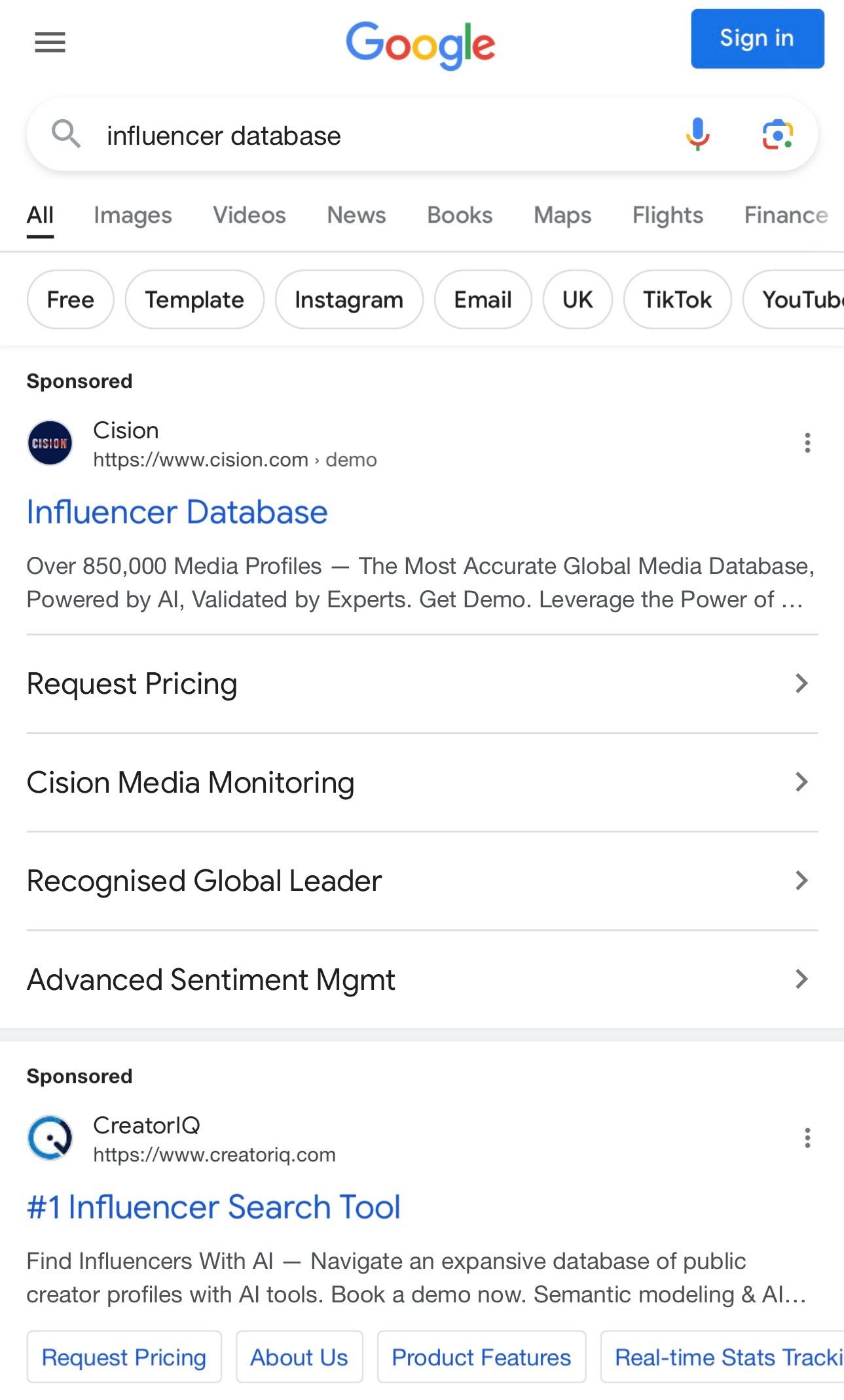
The best part of paid search is that you can advertise your products directly to buyers.
Instead of interrupting their social media time, you’re making it easy for them to find you when they’re looking for your product.
And, just like with paid ads, you’ll have access to metrics to figure out your cost per purchase.
Again, we can’t get into all the specifics of how to market your brand using paid search. It’s a complicated process. However, the learning curve is smaller. Because search ads are built on bidding for keywords, you have to worry less about creative and copy.
So it’s not as intense as doing Meta ads, but there’s still a lot to learn.
#3 Influencer Marketing
Influencer marketing is a great channel to grow your brand (we wouldn’t be running an influencer platform if we didn’t think it was!). But make sure you hear us loud and clear:
It’s not going to bring customers as FAST as the other two methods we’ve discussed.
From our experience, effective influencer marketing campaigns require volume–and by that, we mean you need to work with lots of influencers to find the ones who will get sales for your brand.
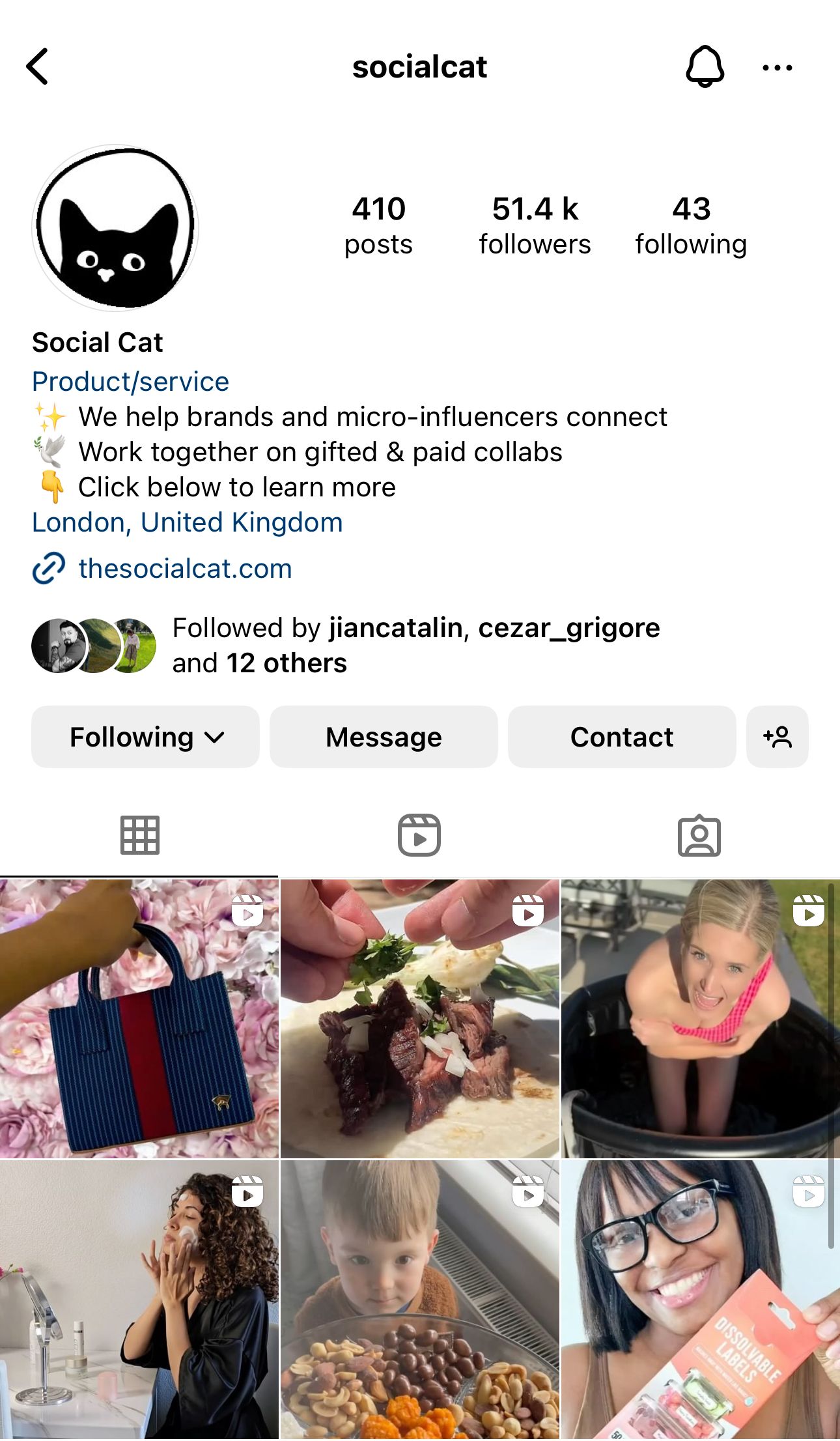
Once you do find influencers who help you get sales, don’t let them go. Make an effort to work with them every two or three months.
The game plan here is straightforward: Work with as many influencers as you can, and once you build a pipeline of 10-20 influencers who generate sales for you, keep working with them. By this point, you’ll have a winning strategy for getting sales via influencer marketing.
The problem with influencer marketing, and why we didn’t put it at the top of the list, is that it takes time to figure out which influencers are bringing in sales. On top of that, building a pipeline of influencers and keeping it active requires constant work.
You might think, “Oh, that’s fine! I’ll find a few influencers that work and then use an influencer lookalike tool to find the rest!” And while influencer lookalike tools can be pretty handy, they can be hit or miss. We’ve hired tons of influencers with similar metrics and niches– and sometimes their ads smashed, but others performed horribly.
There are tons of brands that are nailing influencer marketing. If you want to go all-in on influencer marketing, it is possible to have success. But we’d recommend making it part of your overall marketing mix, not your entire strategy.
A great way to get started with influencer marketing as a secondary channel to get UGC for paid social ads. Many of our brands do just that. They don’t care about metrics–they just want creators who will make great UGC for them, and they know influencers have the skills to make stunning videos.
If you belong to specific niches–like if you’re wondering how to grow your clothing brand, skincare brand, or makeup brand, you may want to incorporate influencers sooner than other companies. It really depends on WHAT your niche is, and how effective paid social and search ads are for you.
How much money do you need to grow your brand from 0?
Uhhh–probably a lot. You aren’t to grow a brand with $0. How much it costs will depend on your expertise, though.

For example, when we started building Social Cat, we had a lot of in-house expertise about growing brands. Our founders knew how to create a product, run paid social ads to get our first customers, build websites, do customer support, deal with financials, etc.
So, the initial monetary investment didn’t have to be huge: They just needed a budget to run ads.
But what if they hadn’t had that?
They would have needed engineers to build software, agencies to build websites, marketers to run ads, accountants… and so on.
If you want to grow your brand with a small financial investment, you’ll need to have a bit of all of the skills. Sure, some are pretty easy to acquire– you can build a website without coding, for example.
But you need to develop the mindset of, “I can do anything.” Because it takes time to learn and get things to the level you want. And, when things go wrong, you’ll need to problem-solve quickly or pay someone to fix it.
Some people may be able to build a brand with very few resources, but for most of us, it’ll cost. It’ll cost money, yes–but also time, concentration, sweat, and tears.
Brand owners and founders have this in common: We do everything. There’s no way around it.
What skills must aspiring entrepreneurs have?
So far, we’ve focused on practical, hard skills you’ll need to grow your brand–like knowing how to run ads or build software.

But those are just part of the picture.
Ideally, you’ll have those hard skills–and many entrepreneurs start with just that.
But soft skills help too, and we’d be remiss if we didn’t mention them in this article. In our opinion, you also need:
- Grit. When things are hard, you have to keep going. Sure, there are times when quitting is a smart idea–like if you have a bad idea that doesn’t bring anything new to the table. But that’s not grit. That’s refusing to acknowledge failure, which is not the same thing. But, assuming that’s not the case, running a business is still HARD. You might pour hours into building new features or products, but customers never use them. Or, you might not sell your products and you end up stuck with inventory. There may be times you’re making zero profit–and the little you do make goes right back into the business. Can you work for a or two year without extra pay after your 9 to 5?
- Adaptability/Flexibility. You’ll need to be able to learn, execute, and adapt fast. Conditions change from week to week and decisions constantly need to be made. If you can keep from being too attached to decisions or features or products, you’ll be in a good place.
- Interpersonal skills. We thought about not even mentioning this because they’re such a given. If you want to run a business, communication skills, work ethic, and time management skills are a MUST. If you don’t have them, work on getting them before you start– your business will be better for it.
- Mental toughness. Everything we’ve mentioned already can be STRESSFUL. Add to to that long hours (especially at first), mounting pressure, and interpersonal problems… Yeah. Entrepreneurship throws a lot at you at once. Do you have the mental toughness to handle it?
- An “I can do it” attitude. In your business, you need to know how to do customer support, build websites, write copy, run ads (which includes copywriting and creative), and much more. There’s no room to be intimidated by learning new skills or think that something is beneath you–you have to be able to jump in at a moment’s notice and do it all.
…And that’s just the start of the list, for sure. What would you say we missed?
Conclusion– will this work for you?
So now you have the three acquisition strategies we’ve used to build brands in crowded markets. These strategies got us where we are today, and if we had to start over, we’d likely use the same strategy.
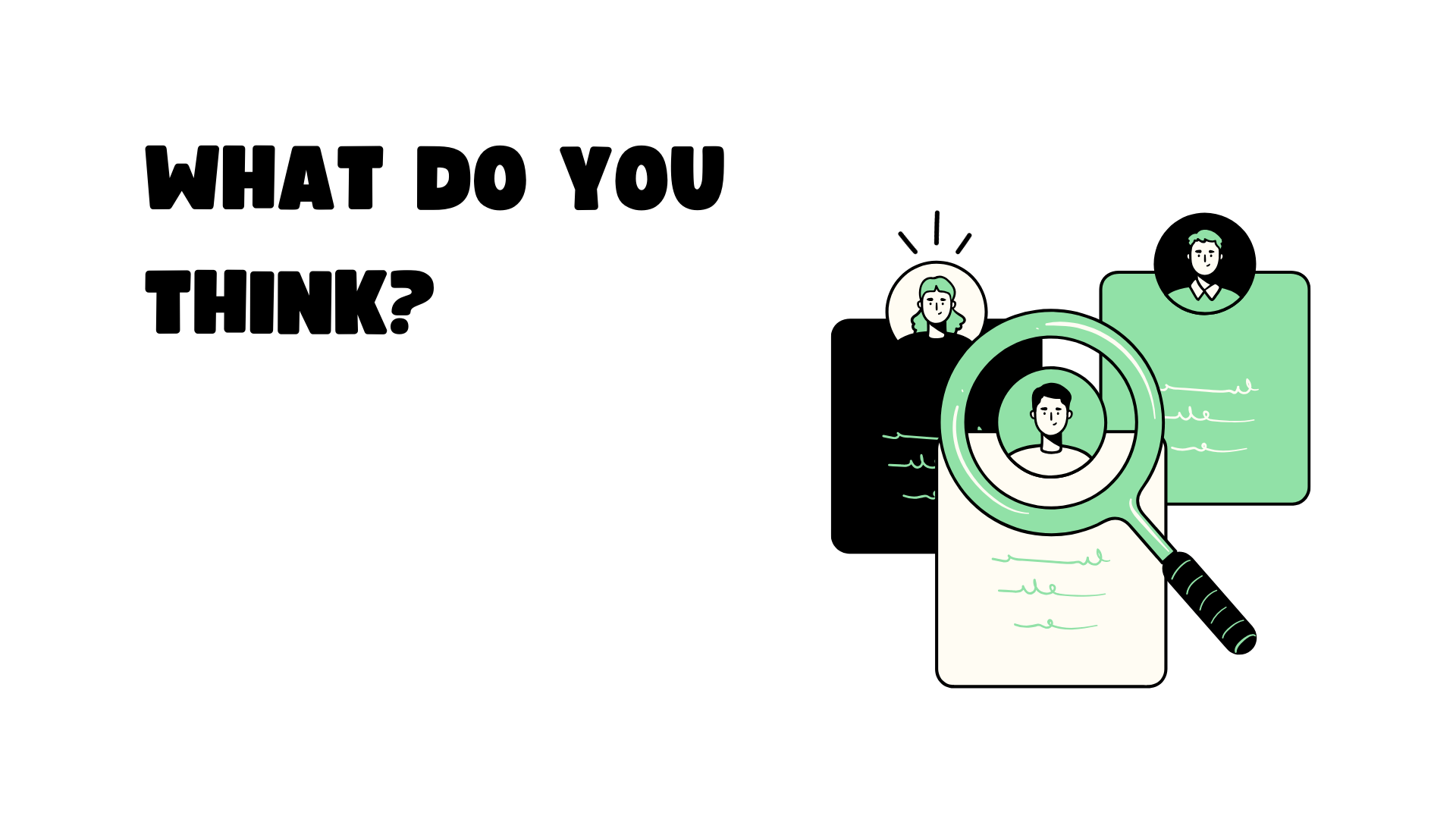
But if you’ve read this far, you deserve to know the truth: This isn’t the whole picture.
If we had time, we could write thousands of words on the more subtle strategies you need to succeed in crowded markets–and even that wouldn’t be the whole picture!
Because, when it comes to how to grow a brand in crowded markets, you don’t just need solid strategies–often, luck plays into it too. If you want to increase your chances of getting lucky, be adaptable and flexible, ready to change course when something’s not working for your brand.
And our answers may not be the best ones: Even though we’ve managed to build successful brands, we’ve potentially missed out on other acquisition strategies that worked for others. We can’t recommend something that we haven’t tried ourselves. It’s our job to A/B test each one, and see what works for our company.
And that’s your job too–because what works will depend on your industry. The advice we’ve given in this article probably applies to most new businesses, but it may not work for all of them.
So while we’ve given you our best advice for how to grow your brand, it’s ultimately up to you to see if it works for you.
And if you’ve already figured out some of that, we’d love to hear your thoughts in the comments below: What strategies have worked for you?
Table of content
Looking for influencers?
Table of content

About Stefan A.
Stefan is a Growth Marketer turned founder with a background in customer acquisition, Influencer Marketing, and early-stage startups. At Social Cat, Stefan drives day-to-day operations and growth, helping small brands connect with the right influencers to scale their reach and impact.









